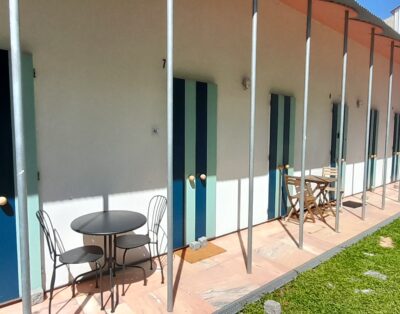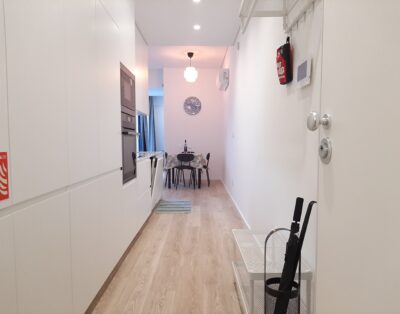Navigating Safety Inspections for Rental Properties

Safety inspections are a crucial aspect of property management, ensuring that rental properties are secure and comply with local housing codes and regulations. These inspections help identify potential hazards and mitigate risks, protecting both tenants and landlords. This guide covers what landlords need to know about conducting safety inspections, including key areas of focus, how to prepare, and the importance of regular checks.
Understanding Safety Inspections
Safety inspections involve a comprehensive review of physical structures, systems, and safety devices within a property to ensure they meet specific safety standards. These inspections can identify issues like structural damage, electrical hazards, or the presence of harmful materials like lead paint or asbestos.
Key Areas of Focus
- Smoke and Carbon Monoxide Detectors: Ensure that smoke and carbon monoxide detectors are installed in required areas and are functioning correctly. Test these devices regularly and replace batteries annually or as needed.
- Fire Safety: Check for accessible and clear fire exits, functioning fire extinguishers, and fire safety signage. Ensure that tenants are aware of evacuation plans.
- Electrical Systems: Inspect wiring, outlets, and electrical panels for signs of damage or wear. Look for overloaded circuits, exposed wiring, and ensure GFCI (Ground Fault Circuit Interrupter) outlets are installed in areas with moisture, like bathrooms and kitchens.
- Plumbing and Water Safety: Check for leaks, proper water temperature settings to prevent scalding, and ensure that water heaters are operating safely and efficiently.
- Structural Integrity: Inspect the property’s foundation, roof, walls, and floors for signs of damage or wear that could compromise the building’s integrity.
- Windows and Doors: Ensure that windows and doors function properly, provide adequate security, and meet egress requirements for emergency exits.
- Railings and Stairs: Verify that stairways, balconies, and railings are secure and meet height and spacing requirements to prevent falls.
Preparing for Safety Inspections
- Regular Maintenance: Conduct regular maintenance and repairs to address issues before they become hazards.
- Documentation: Keep detailed records of all inspections, maintenance activities, and repairs. Documentation can be crucial for compliance and in case of disputes.
- Tenant Communication: Inform tenants about upcoming inspections and educate them on safety features and emergency procedures.
Conducting Inspections
- Schedule Regular Inspections: Plan for periodic safety inspections, at least annually, to identify and mitigate risks. Consider additional inspections following significant weather events or renovations.
- Professional Assessments: For certain areas, like electrical systems or structural integrity, hiring a professional inspector or specialist can ensure a thorough evaluation.
- Addressing Issues Promptly: Prioritize and address identified safety issues promptly. Delaying repairs can pose risks to tenants and lead to legal liabilities for landlords.
Importance of Safety Inspections
Conducting regular safety inspections is not just about compliance; it’s a proactive measure to ensure the well-being of tenants and the longevity of the property. Inspections can reveal potential issues before they escalate, saving landlords time and money in the long run. Furthermore, maintaining a safe living environment enhances tenant satisfaction and retention.
Safety inspections are a vital component of responsible property management. By focusing on key safety areas, preparing adequately, and addressing issues promptly, landlords can ensure their properties are safe and compliant. Regular inspections and maintenance not only protect tenants but also preserve the property’s value and the landlord’s investment.
Need help managing your property? Contact us here!













